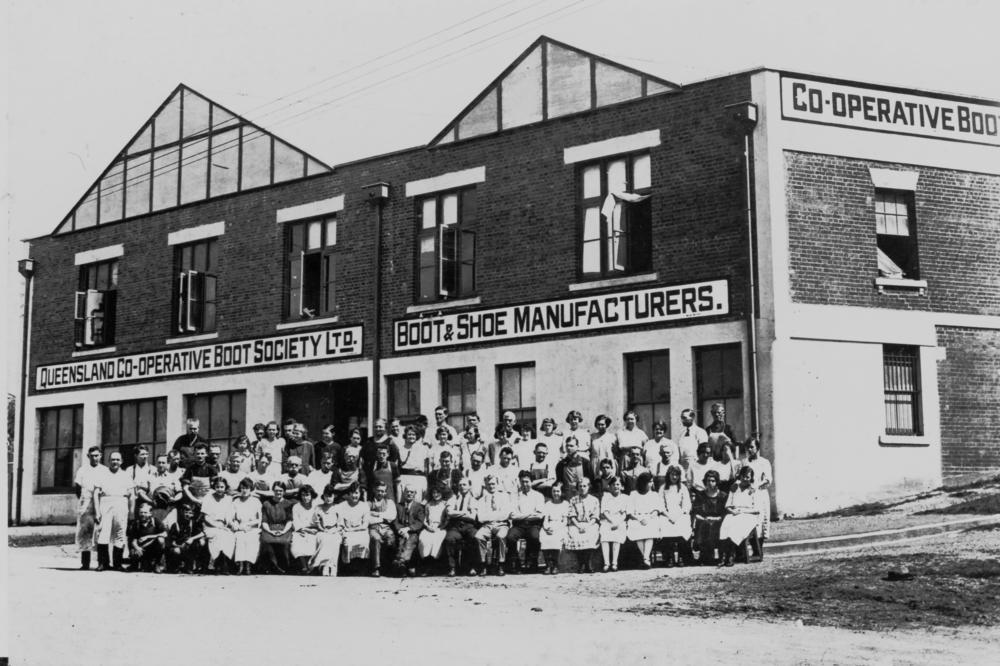The days of a union-dominated working class are over: Union members now make up less than 11 percent of the US workforce, down from 35 percent in the 1950s. This collapse has left many workers with little say over their wages and working conditions, and is often cited as one of the principal factors driving income inequality. Recently, city governments, entrepreneurs, and workers themselves have taken a renewed interest in an idea that might improve this situation without a massive nationwide reversal on union membership. The worker-owned cooperative, where employees democratically own and control their firm, has gained more attention since the economic hardships of the 2008–2009 recession. By allowing workers to make broad decisions themselves, worker-owned cooperatives have raised incomes and prevented wealth from leaving underserved communities.
Worker-owned cooperatives take a variety of forms. Some operate as collectives, which feature decision-making directed by a majority of worker-owners. Others feature more representative structures, where major choices are made by a group of employees elected by the entire body of worker-owners. No matter the form, in every worker-owned cooperative, workers enjoy the benefits of owning the firm, which include receiving a share of the firm’s profits at the end of each year and influencing – whether directly or indirectly – business decisions that affect their livelihoods.
Given the small number of worker-cooperatives in the US, it is difficult to aggregate data about the quality of wages for workers across all US cooperatives. However, the superior wages that worker-owners take home can be demonstrated in other ways. For example, after joining worker-owned cooperatives supported by Prospera, an organization that helps low-income women form worker-cooperatives, worker-owners saw their family incomes increase by 70 to 80 percent on average. In addition, one study of a cooperative grocery business in the San Francisco Bay Area showed that worker-owners at the company earned 40 percent more in average compensation than the average unionized worker in the industry. In addition to paying higher wages, worker-owned cooperatives feature lower employee turnover rates, more access for workers to skill-building and professional development, and even higher growth and productivity.
The number of worker-owned cooperatives remains low (there are no exact figures, but the number is estimated to be around 300) in part because of difficulty in obtaining funding due to their unconventional model. To compensate, several municipal governments across the country have stepped in to provide low-interest loans to worker-owned cooperatives. In 2009, work began on the Evergreen Cooperatives, a group of three worker-owned cooperatives in Cleveland, Ohio that provide different environmentally friendly technologies. By obtaining $11.9 million in grants from the Department of Housing and Urban Development, Cleveland provided the cooperatives with a development loan at an interest rate significantly lower than offered in the private sector. Today, the Evergreen Cooperatives are successful firms, employing a total of 119 people mainly from low-income, inner-city neighborhoods.
Cities with greater financial resources should consider an approach that emphasizes technical assistance and educational outreach. In 2015, New York City established the Worker Cooperative Business Development Initiative (WCBDI) to provide grants to organizations that run educational outreach programs and offer technical assistance services to cooperatives. Within the WCBDI’s first year, it had been involved in the creation of 21 new worker-owned cooperatives across 11 different industries.
As the baby boomers continue to enter retirement, proponents of worker-owned cooperatives anticipate a “silver tsunami” of businesses that will undergo changes in ownership as a younger generation steps up. Advocates see this demographic trend as a particularly strong opportunity to expand worker ownership in the US. In absence of a clear successor, retiring owners can sell their businesses to their employees. While this idea presents a great opportunity for wealth-building in low-income communities, its success depends on the implementation of municipal policies that are friendly to worker-owned cooperatives and their continued performance as these cooperatives mature in the years ahead.
